Queen’s Endgame
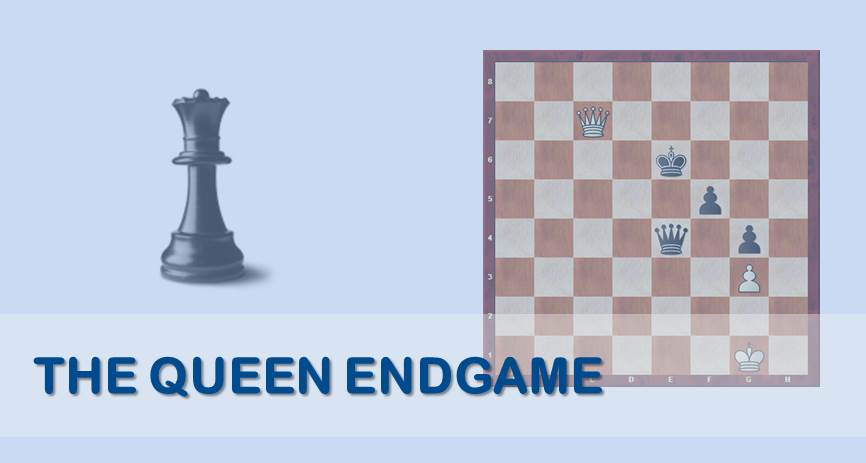
Queen’s Endgame, at least this one that we analyzed, has many mistakes. It is well known that having good endgame knowledge is one of the keys to a player‘s success. Capablanca, one of the best endgame players of all time, always defended the idea that one should start learning how to play endgames first, as a way of self-improvement. Robert Fischer, who was famous for his opening developments and his energetic style in the middlegame, was in fact an endgame virtuoso as well.
However, in reality, not many beginner/ intermediate level players have followed this advice. This can be for several reasons, but we think that there are 3 main ones why players avoid studying endgames:
- The games are decided in the opening/ middlegame phase, meaning that studying the endgame is not a priority;
- Results don’t show right away. One of the main differences between learning an opening well and learning an endgame is that in the first case you can see the results immediately. However, it may take several games before you can actually put your endgame knowledge to test.
- The material. There are only a few good books on this subject. Some of the old writings became obsolete with the new era of computers.
Our advice to our readers is to study the endgame as much as possible. In today’s chess, where almost every opening is playable, having a strong endgame play can be a key point to success. You’d be surprised to find out how many strong players are considerably weaker when the endgame phase arises.
Queen’s Endgame – Part 1
In this article, we will analyze a queen’s endgame that happened in one of the games from my last tournament in Palma de Mallorca. The endgame appeared relatively easy to draw. However, I eventually lost due to not knowing clearly what to do. My own research on this particular endgame showed that the endgame encyclopedia of Queen’s Endgame has many mistakes. So I felt challenged to write some “new theory” on this endgame and provide some conclusions and guidance.
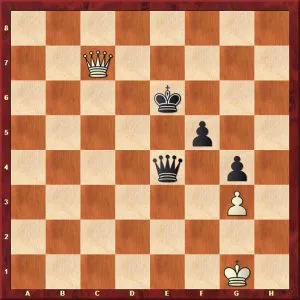
White is a pawn down, but with queens on the board, the endgame is still a draw. However, he needs to be careful with giving the checks, as there are some critical positions in which white is instantly lost. Let’s write our first conclusions on how to defend this position:
- The black king should never be allowed to get to the E File. In case this situation arises, white still can save himself with a check along with the 2nd rank, ideally from the b2 square.
- Wait for your enemy’s king to advance with your king always on g1. This is very important to remember. With the king on h2 instead of g1, you may have problems giving the check along with the 2nd rank, as when he covers with the queen, your king is also on that same rank.
Ready to start systematic training that actually works?
Click here to start your training using the day-by-day program.
Let’s see now all the details on how to make a draw:
Queen’s Endgame – Part 2
When researching more about this endgame, I discovered that there were some similar games played and, although they are given by the Encyclopedia as equal (but with mistaken explanations), the stronger side often obtained the full point. This just shows how difficult it is in practice to discover the subtleties of a seemingly easy endgame. Let’s see the following games:
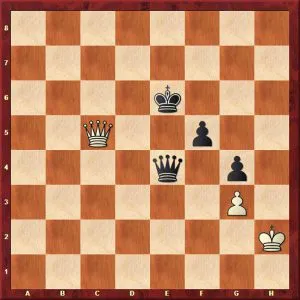
Reshevsky,S – Tatai,S Amsterdam 1977
The practice has seen these positions twice, according to my database. In both games the stronger side managed to win, see where white went wrong here:
***
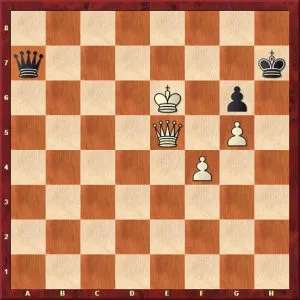
Abramov,L – Simagin,V Moscow 1958
Again, white managed to win in this endgame. The king on h7 makes things very difficult for black. See how:
***
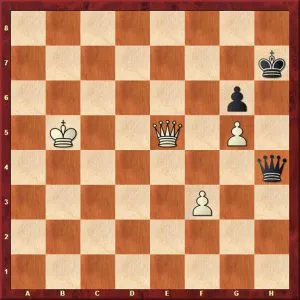
Malich, B – Knaak,Rainer Leipzig 1975
(Game Analysis)
To complete our article on this endgame we decided to include some own analysis of this game. The position is basically the same, the only difference being the king’s and queen’s positions. See it here:
Conclusion
We hope our readers have enjoyed this article and learned new ideas to employ in their games when facing situations similar to the examples shown above. Thank you for reading and feel free to leave feedback.
If you want to improve your chess level, you need to have a clear study plan. If you aim for a dramatic improvement at chess you need to work on all of the elements of the game in a systematic way:
- tactics
- positional play
- attacking skills
- endgame technique
- classical games analysis
- psychological preparation
- and much more
That seems to be like a lot of things, and that is. But no worries, we have made it easy for you. Our comprehensive training course covers it all and much more. Sign up for 21 Day Training right now!
About the Authors:

WGM Raluca Sgîrcea is an active chess player and teaching chess for over two years. European champion U10, winner of several Romanian national championship medals, Woman International Master title since 2011. One Woman Grandmaster norm. Highest FIDE rating 2302.

IM Renier Castellanos is an active chess player and trainer for over 10 years, has worked for Chessbase and done live commentary on several major events, winner of many international tournaments. One Grandmaster norm. Highest FIDE rating 2529.



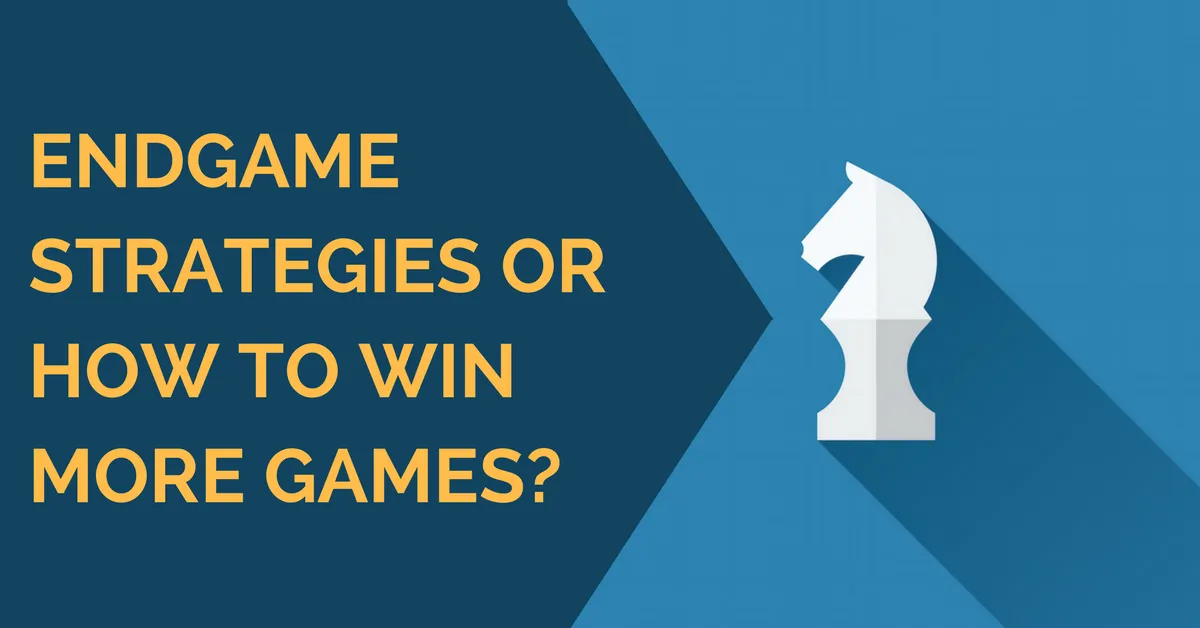
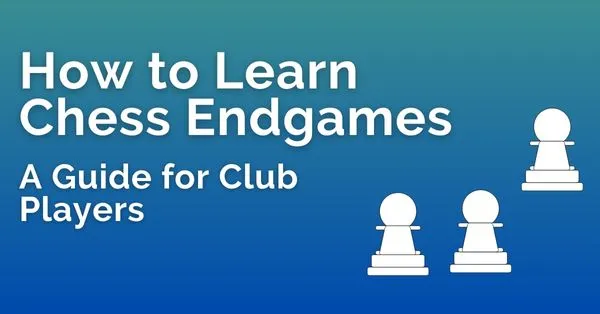
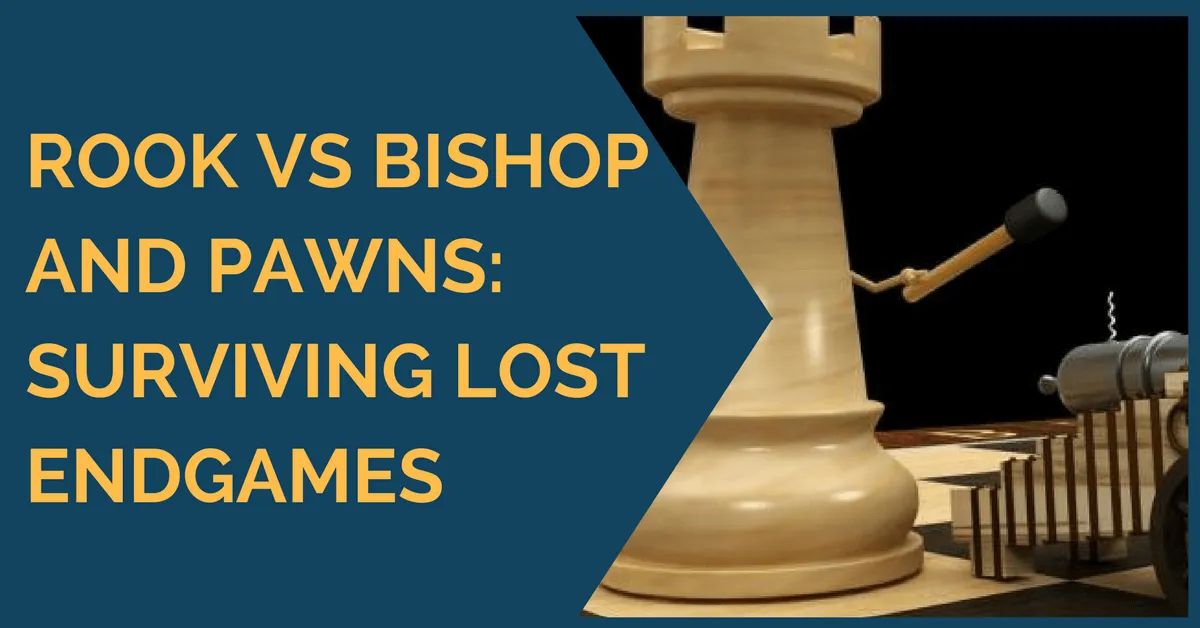




Comments: